Home>Furniture & Design>Interior Design Trends>How To Put Glass In Cabinet Doors
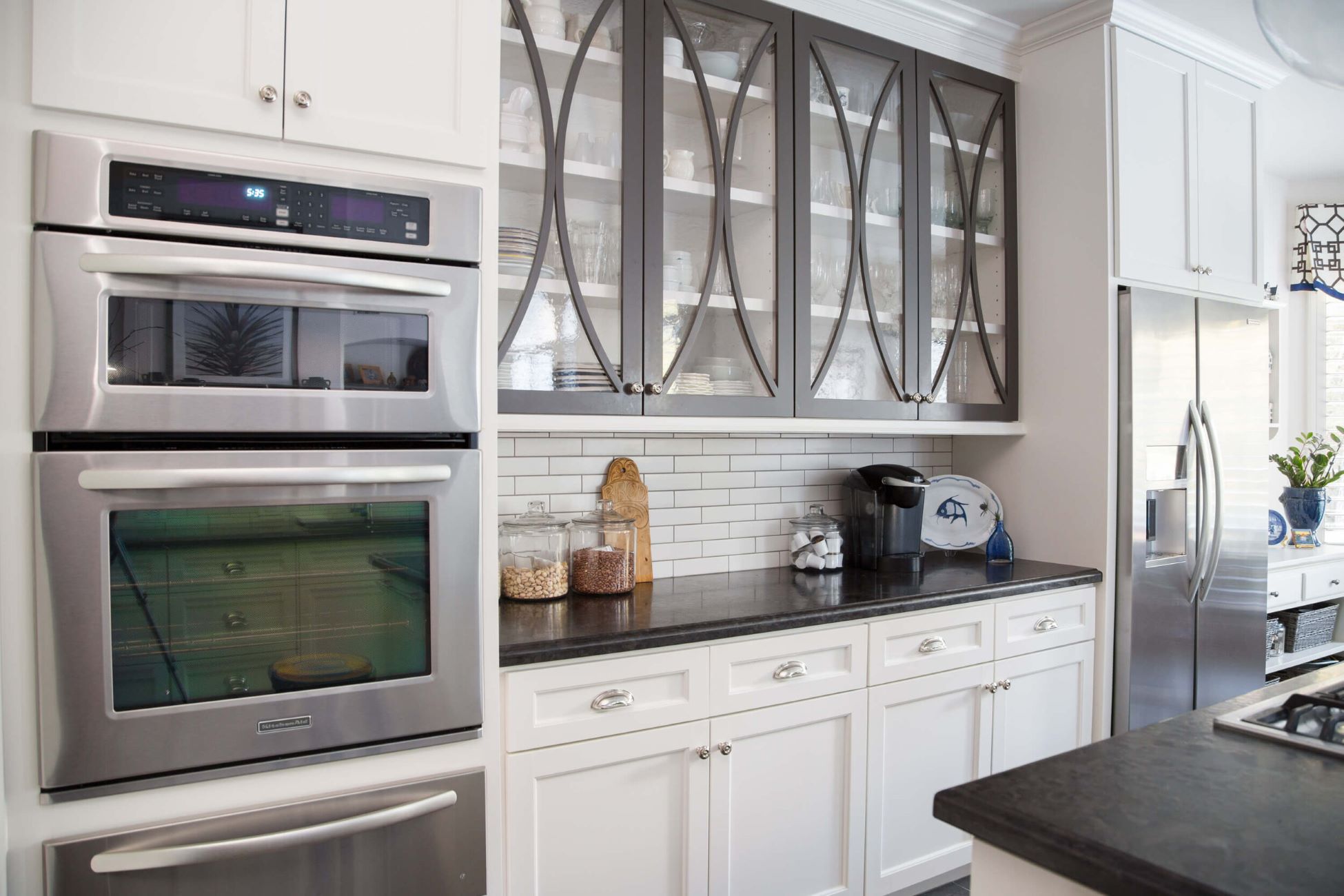

Interior Design Trends
How To Put Glass In Cabinet Doors
Modified: October 19, 2024
Learn how to enhance your interior design with the latest trend of putting glass in cabinet doors. Discover the best techniques and ideas for a modern and stylish look.
(Many of the links in this article redirect to a specific reviewed product. Your purchase of these products through affiliate links helps to generate commission for Storables.com, at no extra cost. Learn more)
Introduction
Adding glass to cabinet doors is a fantastic way to enhance the visual appeal of your kitchen or living space. It can create a sense of openness, showcase your favorite dishware, and give your cabinets a modern and elegant touch. Whether you're looking to revamp your existing cabinets or embarking on a new DIY project, this comprehensive guide will walk you through the process of putting glass in cabinet doors. From removing the old glass to choosing the right type of glass and installing it seamlessly, you'll gain valuable insights and step-by-step instructions to achieve stunning results.
By following this guide, you'll learn how to transform ordinary cabinet doors into stylish focal points that elevate the overall aesthetic of your interior. With the right tools, materials, and techniques, you can bring a touch of sophistication and charm to your living space while showcasing your favorite glassware or collectibles. So, roll up your sleeves, gather your supplies, and let's embark on this exciting journey to elevate the look of your cabinets with beautiful glass inserts.
Key Takeaways:
- Elevate your interior with glass cabinet doors for a modern, elegant touch. Follow the step-by-step guide for a DIY transformation that showcases your style and favorite items.
- Choose the right glass type for your cabinet doors based on transparency, style, durability, and personal preference. Create captivating focal points that reflect your unique design sensibilities.
Read more: How To Put Glass In A Cabinet Door
Tools and Materials Needed
To successfully put glass in cabinet doors, you'll need a set of essential tools and materials to ensure a smooth and efficient process. Here's a comprehensive list of what you'll need:
Tools:
- Screwdriver: A screwdriver will be necessary for removing the cabinet doors from their hinges, allowing you to work on them more comfortably.
- Measuring Tape: Accurate measurements are crucial for ensuring the glass fits perfectly into the cabinet doors, so a reliable measuring tape is essential.
- Safety Glasses and Gloves: When handling glass, safety should be a top priority. Safety glasses and gloves will protect you from potential accidents during the cutting and installation process.
- Glass Cutter: This tool is essential for cutting the glass to the precise dimensions required for the cabinet doors.
- Clamps: Clamps will help secure the glass in place during the cutting process, ensuring clean and accurate cuts.
- Sandpaper: Sandpaper will be used to smooth any rough edges on the glass after cutting, ensuring a safe and polished finish.
- Caulk Gun: A caulk gun will be necessary for applying adhesive or sealant to secure the glass in the cabinet doors.
- Level: To ensure that the glass is installed evenly and straight, a level will be indispensable for achieving a professional-looking result.
Materials:
- Cabinet Doors: Ensure that the cabinet doors are clean and free from any existing glass or debris before beginning the process.
- Glass Panels: Select glass panels of the appropriate size and style to fit your cabinet doors. There are various types of glass to choose from, including clear, frosted, or decorative options, depending on your preference.
- Adhesive or Glass Retainer Strips: Depending on the chosen method of securing the glass, you'll need either adhesive or glass retainer strips to hold the glass in place within the cabinet doors.
- Painter's Tape: Painter's tape can be used to create a guide for cutting the glass and prevent chipping or splintering.
- Wood Putty: If your cabinet doors have any imperfections or holes from previous hardware, wood putty can be used to fill these in before installing the glass.
- Paint or Stain (Optional): If you plan to refinish the cabinet doors, paint or stain may be required to achieve the desired look.
By ensuring that you have all the necessary tools and materials at your disposal, you'll be well-prepared to embark on the process of putting glass in your cabinet doors with confidence and ease.
Removing the Old Glass
Before you can begin the process of adding new glass to your cabinet doors, it's essential to remove the old glass panels carefully. This step requires precision and attention to detail to ensure a smooth transition to the new glass inserts. Here's a detailed guide on how to effectively remove the old glass from your cabinet doors:
-
Prepare the Work Area: Start by creating a clean and organized work area. Lay a soft cloth or towel on a flat surface to prevent any damage to the cabinet doors during the glass removal process.
-
Remove the Cabinet Doors: Using a screwdriver, carefully unscrew the hinges that attach the cabinet doors to the cabinet frame. Place the doors on the prepared work surface, ensuring that they are stable and secure.
-
Inspect the Existing Glass: Before proceeding, examine the existing glass panels for any signs of damage or deterioration. Handle the glass with caution to avoid any accidental breakage or injury.
-
Detach the Retaining Strips or Molding: In some cases, the old glass may be held in place by retaining strips or molding. Use a screwdriver or a putty knife to gently pry off these strips, taking care not to damage the surrounding cabinet door frame.
-
Carefully Remove the Glass: Once the retaining strips or molding have been detached, carefully lift out the old glass from the cabinet door. It's advisable to wear safety gloves and protective eyewear during this step to prevent any potential injuries from broken glass.
-
Clean the Cabinet Doors: After removing the old glass, take the opportunity to clean the cabinet doors thoroughly. Wipe away any dust, debris, or adhesive residue to ensure a clean surface for the new glass installation.
By following these steps, you can effectively remove the old glass from your cabinet doors, setting the stage for the exciting process of adding new and stylish glass inserts. Taking the time to complete this step with care and precision will contribute to a successful and visually appealing transformation of your cabinet doors.
Read more: How To Hold Glass In Cabinet Door
Measuring for New Glass
Accurate measurements are crucial when it comes to adding new glass to cabinet doors. This step is essential to ensure that the glass fits perfectly and aligns seamlessly with the cabinet door frame. Here's a detailed guide on how to measure for new glass inserts with precision and confidence:
-
Gather Your Tools: Before taking any measurements, gather your measuring tape, pencil, and a piece of paper to record the dimensions. It's essential to have a reliable measuring tape to obtain precise measurements.
-
Measure the Cabinet Door Opening: Begin by measuring the width and height of the opening in the cabinet door where the glass will be inserted. Measure from the inside edges of the frame to ensure that the glass will fit snugly within the designated space.
-
Take Accurate Measurements: When measuring the width and height, take multiple measurements to ensure accuracy. Record the smallest measurement for both the width and height to guarantee that the glass will fit without any issues.
-
Consider Overlapping or Inset Options: Depending on your preference, you may choose to have the glass overlap the cabinet door frame slightly or be inset within the frame. If you opt for an overlapping design, be sure to account for the additional width and height when taking measurements.
-
Account for Clearances and Allowances: It's important to consider any clearances or allowances required for the glass to fit comfortably within the cabinet door frame. If there are grooves or channels for the glass to sit in, measure the depth of these features to ensure a proper fit.
-
Double-Check the Measurements: Once you have recorded the width, height, and any additional dimensions, double-check your measurements to confirm their accuracy. It's better to invest extra time in measuring than to encounter issues with ill-fitting glass later in the process.
By following these steps and taking meticulous measurements, you can ensure that the new glass inserts will fit perfectly within the cabinet doors, setting the stage for a seamless and visually stunning installation process. Accurate measurements are the foundation for a successful glass installation, and they play a pivotal role in achieving a polished and professional end result.
Choosing the Right Type of Glass
Selecting the right type of glass for your cabinet doors is a crucial decision that significantly impacts the overall aesthetic and functionality of the space. With a wide range of glass options available, each offering unique characteristics and visual appeal, it's essential to consider several factors when making your choice.
Factors to Consider:
-
Transparency and Privacy: Determine the level of transparency or privacy you desire for your cabinet doors. Clear glass provides full visibility, allowing you to showcase the contents of the cabinets, while frosted or textured glass offers a degree of privacy by obscuring the view of the cabinet contents.
-
Style and Design: Consider the existing interior design and the overall style of your space. Choose a glass style that complements the aesthetic of the room, whether it's modern, traditional, or eclectic. Options such as seeded glass, leaded glass, or decorative patterned glass can add character and visual interest to the cabinet doors.
-
Durability and Safety: Assess the durability and safety aspects of the glass. If the cabinets are located in high-traffic areas or in homes with children or pets, consider tempered glass for its enhanced strength and safety features. Tempered glass is designed to withstand impact and is less likely to break into sharp, hazardous shards if it does fracture.
-
Maintenance and Cleaning: Evaluate the ease of maintenance and cleaning for different types of glass. Smooth, flat glass surfaces are generally easier to clean, while textured or patterned glass may require more effort to remove dust and debris from intricate designs.
-
Light Transmission: Take into account the impact of light transmission on the contents of the cabinets. Clear glass allows ample light to penetrate, illuminating the interior and creating a sense of openness. This can be advantageous for displaying decorative items or glassware.
-
Personal Preference: Ultimately, consider your personal preference and the specific ambiance you wish to create. Whether you prefer a sleek, minimalist look or a more ornate and decorative style, your personal taste should guide the selection process.
By carefully considering these factors, you can make an informed decision when choosing the right type of glass for your cabinet doors. Whether you opt for clear, frosted, textured, or decorative glass, your selection will contribute to the overall visual impact and functionality of your interior space. The chosen glass inserts will not only enhance the aesthetic appeal of the cabinets but also reflect your unique style and design sensibilities.
Cutting the Glass to Size
Once you have carefully measured the dimensions for the new glass inserts, the next critical step is cutting the glass to the precise size required for a seamless fit within the cabinet doors. This process demands attention to detail, precision, and a cautious approach to ensure the glass is accurately tailored to the specified measurements.
Before commencing the cutting process, it is essential to prioritize safety by wearing protective gloves and safety glasses to shield against potential hazards. Additionally, working on a flat and stable surface will provide a secure foundation for the glass-cutting procedure.
To begin, place the measured glass panel on a clean and level work surface, ensuring that it is adequately supported to prevent any unnecessary movement during the cutting process. Using a glass cutter, carefully score the glass along the marked cutting lines. Applying consistent pressure and maintaining a steady hand are crucial to achieving clean and precise scores.
Following the scoring process, the glass should be positioned over the edge of the work surface, allowing the scored line to align with the edge. With a swift and decisive motion, apply controlled pressure to the opposite side of the scored line, prompting the glass to cleanly break along the scored mark. It is imperative to execute this step with caution to prevent unintended fractures or irregular breaks.
Once the glass has been successfully cut to the specified dimensions, utilize sandpaper to smooth any rough or sharp edges along the cut surfaces. This meticulous step not only ensures a safe handling experience but also contributes to a polished and professional finish for the glass inserts.
Throughout the cutting process, it is advisable to periodically verify the dimensions of the cut glass panel to confirm that it aligns precisely with the required measurements. This diligent approach helps to mitigate the risk of errors and ensures that the glass fits flawlessly within the cabinet doors.
By adhering to these meticulous steps and exercising patience and precision, you can effectively cut the glass to the required size, setting the stage for a seamless and visually striking installation within the cabinet doors. This pivotal phase in the process lays the groundwork for a successful transformation, culminating in the enhancement of your interior space with elegant and customized glass inserts.
When putting glass in cabinet doors, use a silicone adhesive to secure the glass in place. This will provide a strong and durable bond while also allowing for easy removal if needed.
Read more: How To Make A Glass Cabinet Door
Installing the Glass in the Cabinet Doors
With the glass panels cut to the precise dimensions and the cabinet doors meticulously prepared, the installation phase marks the culmination of the transformative process of adding glass to the cabinet doors. This pivotal step demands careful attention to detail and a methodical approach to ensure that the glass inserts are seamlessly integrated, enhancing the visual appeal and functionality of the cabinets.
To commence the installation, apply a thin and even layer of adhesive along the inner perimeter of the cabinet door frame. Alternatively, if utilizing glass retainer strips, carefully position them within the frame to secure the glass in place. The chosen method should align with the design and structural requirements of the cabinet doors, ensuring a secure and visually pleasing installation.
With the adhesive or retainer strips in place, gently position the cut glass panel within the designated area of the cabinet door, ensuring a snug and precise fit. Exercise caution and precision to prevent any accidental damage to the glass during this process, maintaining a steady hand to align the glass accurately within the frame.
Once the glass is positioned securely within the cabinet door, apply gentle pressure to ensure that it adheres to the adhesive or is held firmly in place by the retainer strips. Utilize a level to confirm that the glass is installed evenly and aligned perfectly within the frame, contributing to a professional and polished finish.
Following the successful placement of the glass, allow the adhesive to cure according to the manufacturer's recommendations, ensuring a strong and durable bond between the glass and the cabinet door frame. If using retainer strips, verify that they are firmly secured to maintain the integrity of the glass installation.
Upon completion of the installation process, conduct a thorough inspection to confirm that the glass is securely and evenly positioned within the cabinet doors. Address any minor adjustments or imperfections promptly to achieve a flawless and visually striking result.
By meticulously following these steps and exercising precision and care throughout the installation process, you can seamlessly integrate the glass inserts into the cabinet doors, elevating the aesthetic appeal and functionality of your interior space. The successful installation of the glass panels represents the culmination of a meticulous and rewarding journey, culminating in the transformation of ordinary cabinet doors into captivating focal points that exude elegance and style.
Conclusion
In conclusion, the process of adding glass to cabinet doors presents a rewarding opportunity to elevate the visual appeal and functionality of interior spaces. By following the comprehensive steps outlined in this guide, individuals can embark on a transformative journey that culminates in the seamless integration of elegant glass inserts within their cabinet doors.
Throughout the process, meticulous attention to detail and precision are paramount, ensuring that each phase, from removing the old glass to measuring, selecting, cutting, and installing the new glass, is executed with care and expertise. By adhering to these essential steps, individuals can achieve a polished and professional outcome that enhances the overall aesthetic of their living spaces.
The careful selection of the right type of glass, taking into account factors such as transparency, style, durability, and personal preference, empowers individuals to make informed decisions that align with their unique design sensibilities and functional requirements. Whether opting for clear, frosted, textured, or decorative glass, the chosen inserts contribute to the creation of captivating focal points within the cabinets, reflecting individual style and enhancing the visual impact of the interior.
Furthermore, the installation of the glass panels represents the culmination of a meticulous and rewarding journey, resulting in the transformation of ordinary cabinet doors into visually striking elements that exude elegance and sophistication. The seamless integration of the glass inserts not only enhances the aesthetic appeal of the cabinets but also allows individuals to showcase their favorite dishware, collectibles, or decorative items with style and flair.
By embracing this DIY endeavor, individuals have the opportunity to infuse their living spaces with a touch of modernity and elegance, creating an ambiance that is both visually captivating and functional. The addition of glass to cabinet doors serves as a testament to the transformative power of thoughtful design choices, enabling individuals to personalize their interior spaces with creativity and finesse.
In essence, the process of putting glass in cabinet doors is a testament to the potential for impactful and visually stunning transformations within the home. By embracing this endeavor with enthusiasm and attention to detail, individuals can achieve a remarkable enhancement of their living spaces, creating an ambiance that exudes sophistication, style, and personalized charm.
Frequently Asked Questions about How To Put Glass In Cabinet Doors
Was this page helpful?
At Storables.com, we guarantee accurate and reliable information. Our content, validated by Expert Board Contributors, is crafted following stringent Editorial Policies. We're committed to providing you with well-researched, expert-backed insights for all your informational needs.
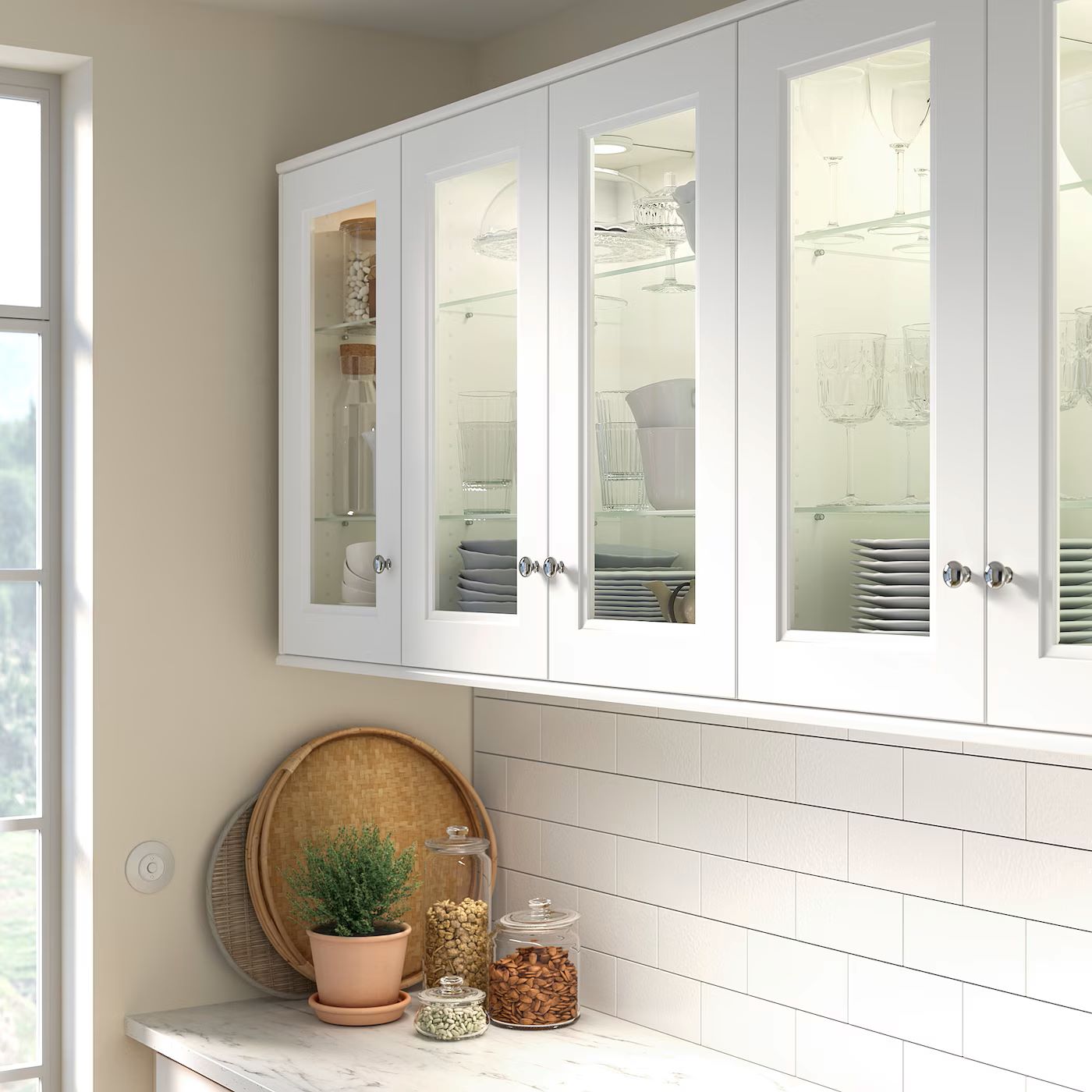
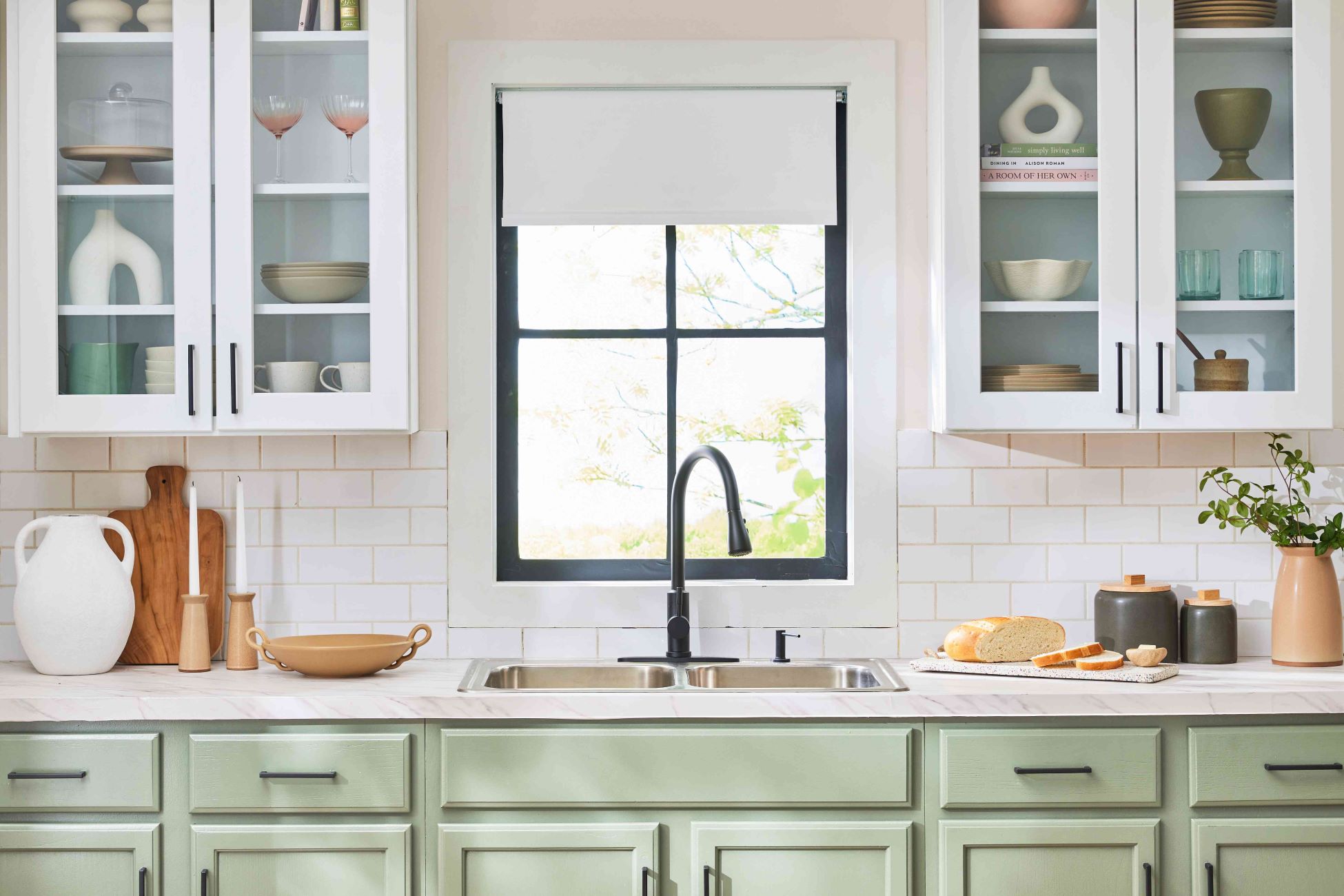
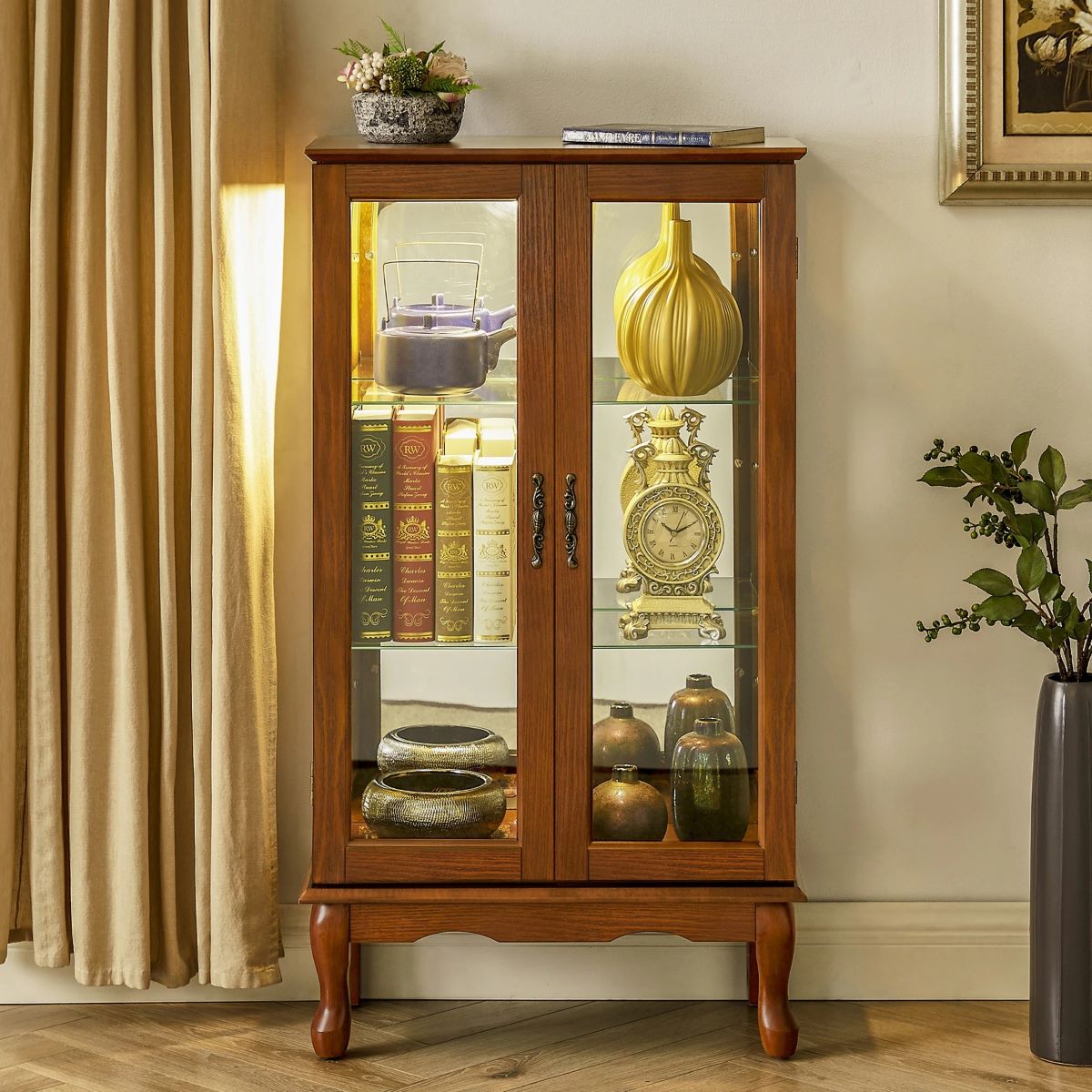
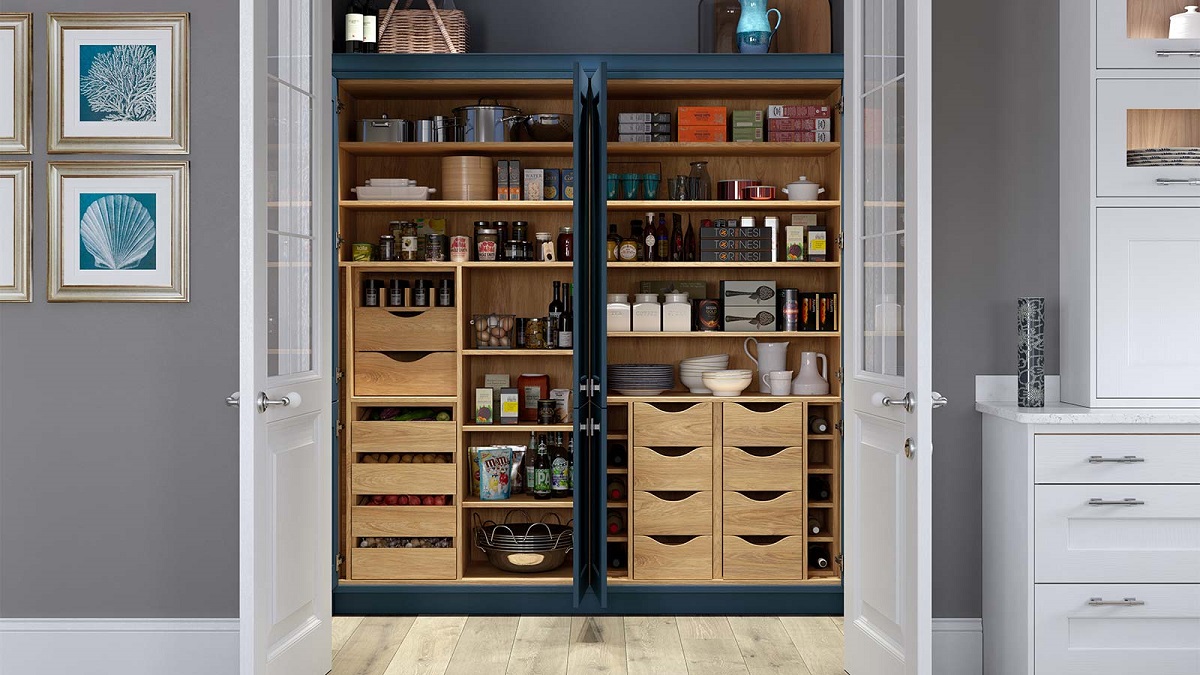
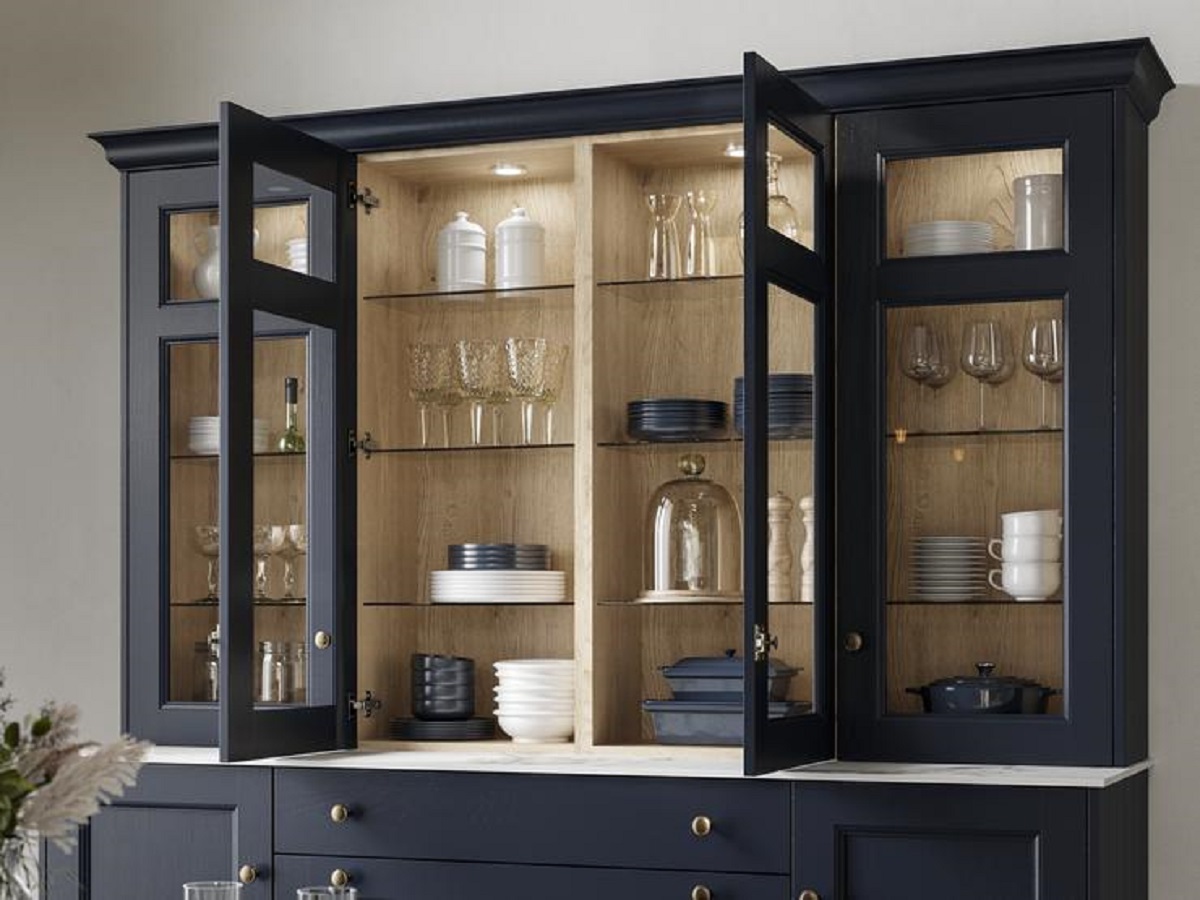
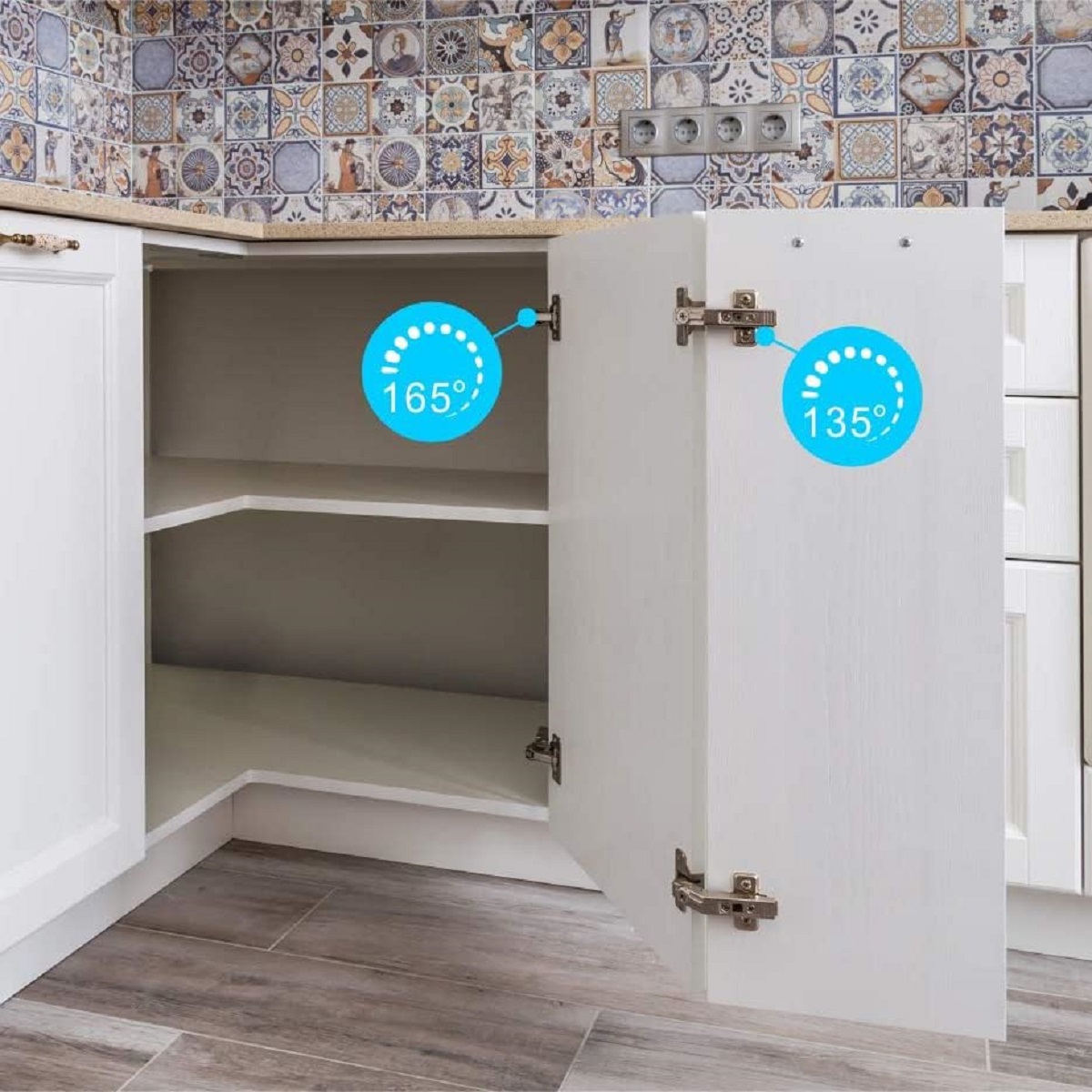
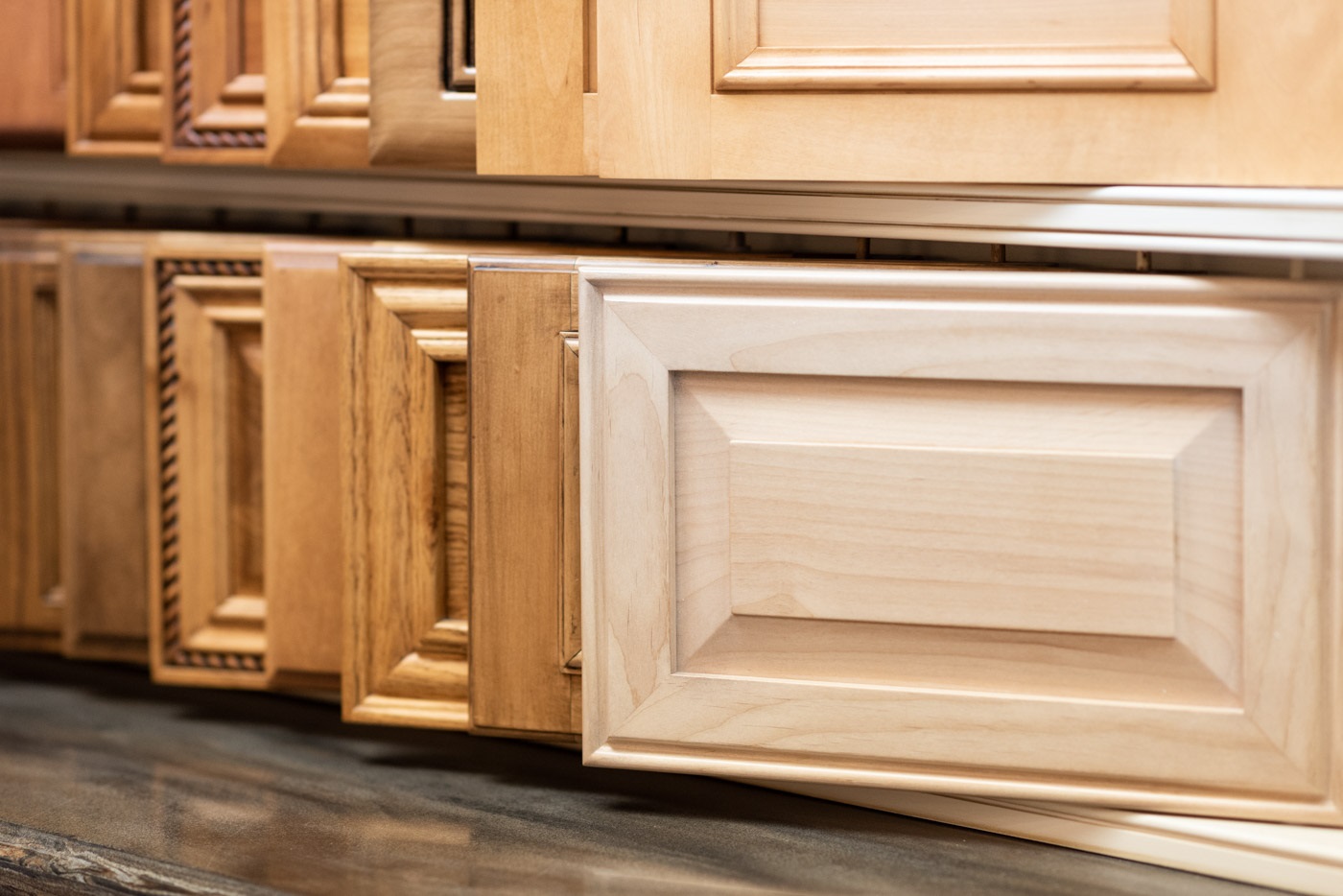
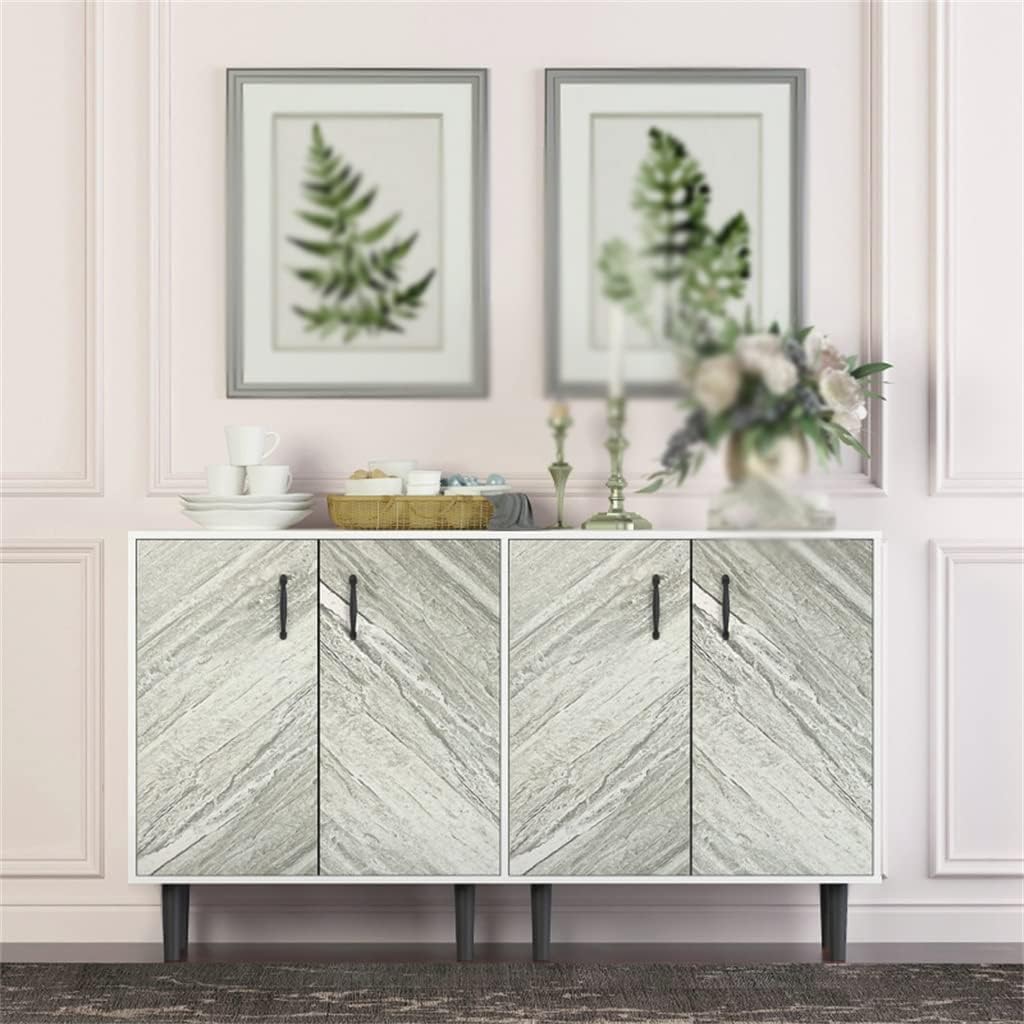
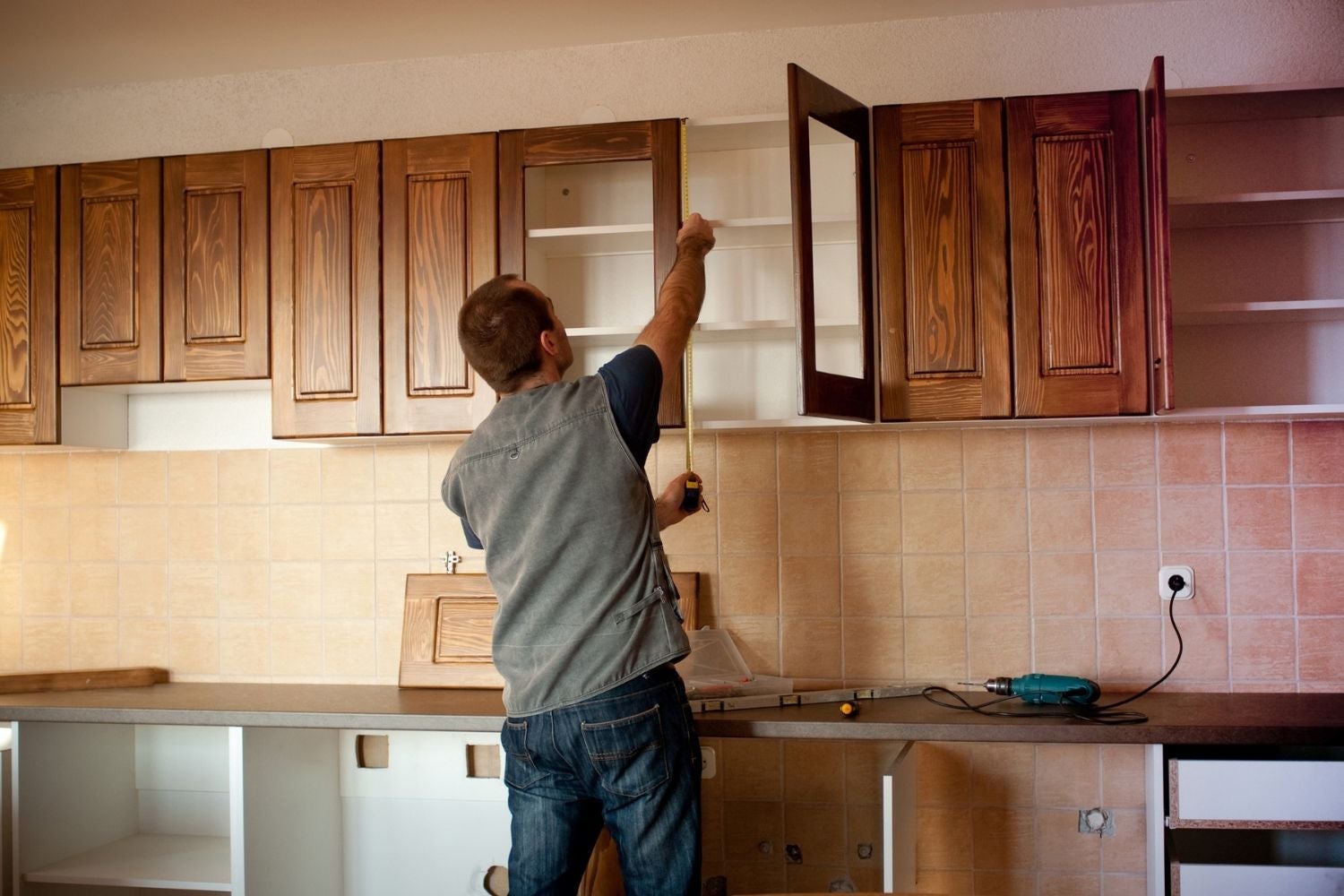

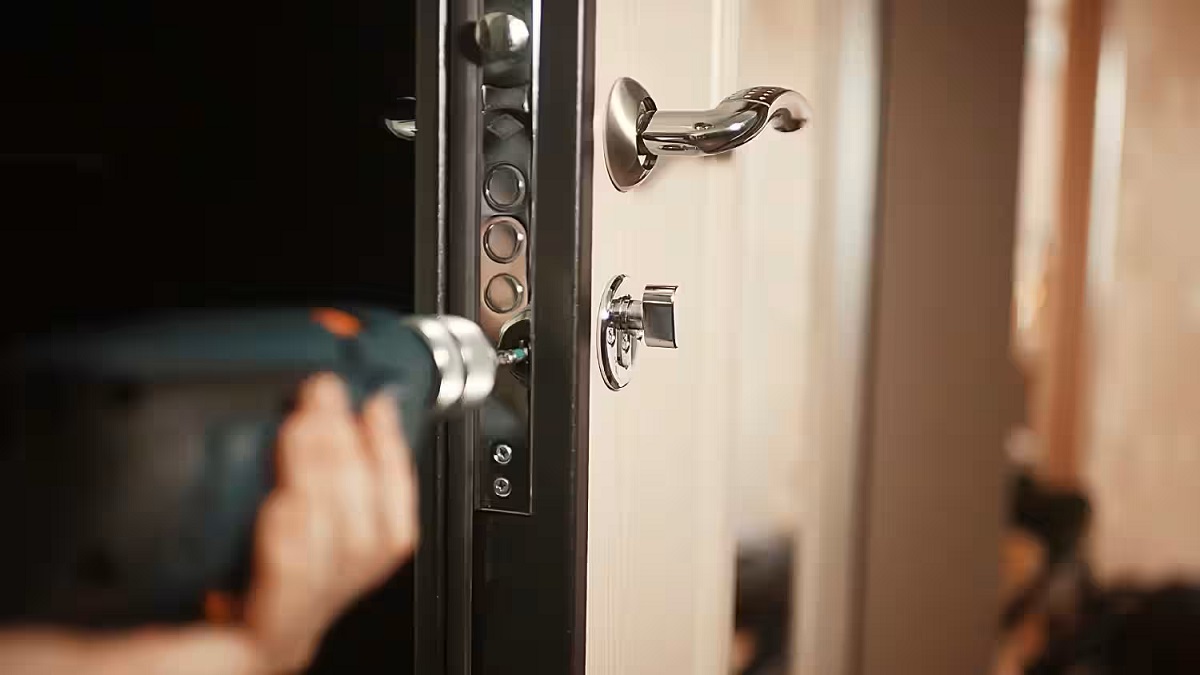
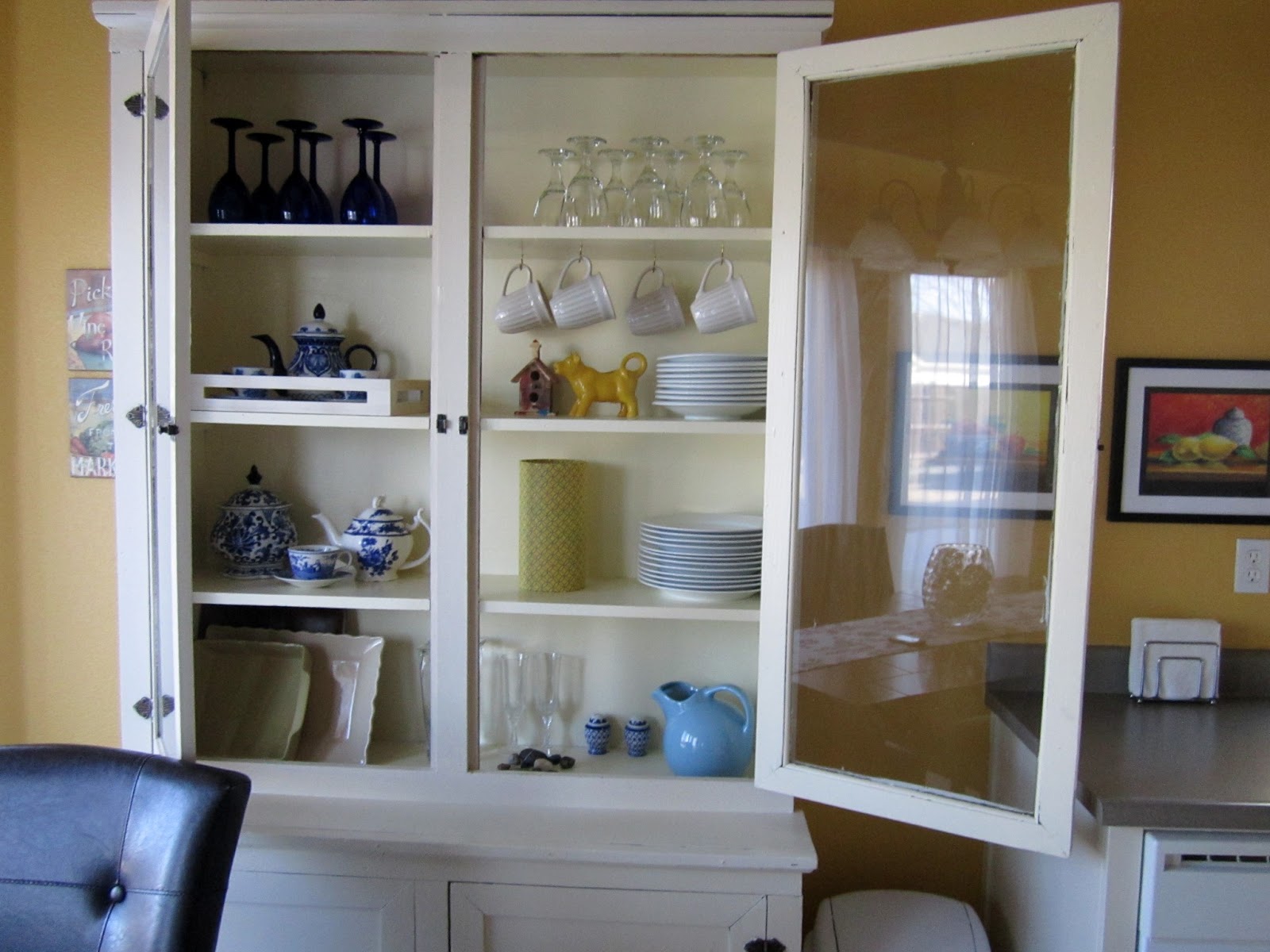
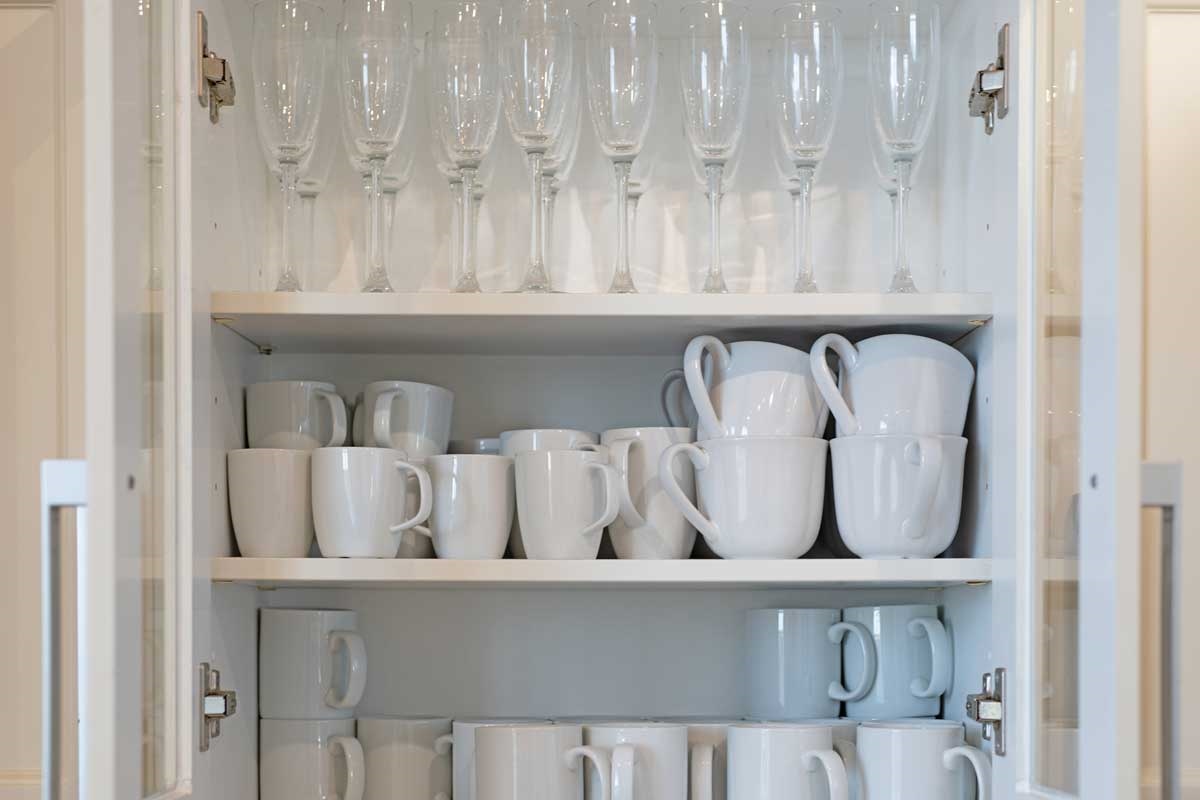

0 thoughts on “How To Put Glass In Cabinet Doors”